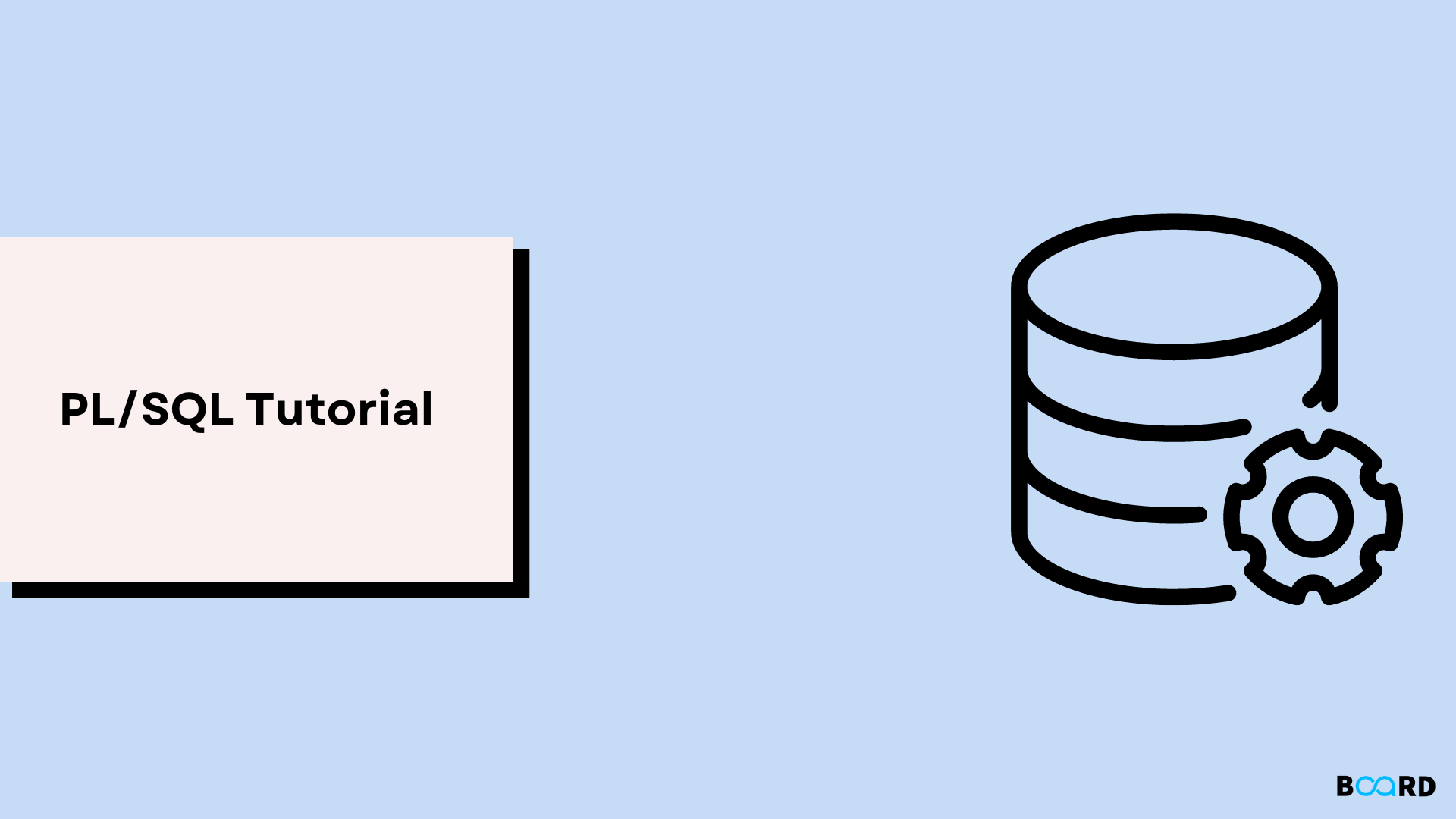Mastering SQL: From Fundamentals to Advanced Techniques
PL/SQL Explained

Introduction
The block-structured language PL/SQL supports numerous blocks.
Structured Query Language, or SQL, is used to execute operations on the records contained in databases, including inserting, updating, and deleting entries and creating, changing, and removing tables and views.
Who is PL/SQL for?
A block-structured language is PL/SQL. The logical blocks that make up PL/SQL programs can be subdivided into any number of sub-blocks. Oracle uses a language called Pl/SQL, which stands for "Procedural Language extension of SQL." Oracle database is connected with PL/SQL (since version 7). With each new release of the Oracle database, PL/capabilities SQL's are often increased. Even though PL/SQL and SQL are closely connected, it introduces some additional programming restrictions that SQL does not provide.
Functionalities in PL/SQL
Conditions and loops are examples of procedural language constructs in PL/SQL. It permits the declaration of triggers, processes, functions, types, and variables of those sorts. It can handle exceptions and support Array (runtime errors). Following the rollout of version 8, the Oracle database now has functions related to object orientation. For reuse by applications, PL/SQL components such as procedures, functions, packages, types, and triggers can be created and stored in the database.
You can process Oracle data using the flow of control statements and SQL statements when using PL/SQL.
The ability of PL/SQL to combine the data manipulation capabilities of SQL with the data processing capabilities of procedural languages is well recognized. It carries over the Oracle Database's durability, security, and portability.
Except for string literals and character literals, PL/SQL does not care whether letters are capitalized or lowercase. Lexical units, which are collections of characters, make up a line of PL/SQL text. It falls under the following categories:
- Delimeters
- Identifiers
- Literals
- Comments
SQL's drawbacks include
- The programming language SQL doesn't offer conditional logic, loops, or branching.
- One SQL statement is sent to the Oracle engine at a time, which increases traffic and slows down processing.
- SQL doesn't have the ability to check for errors while manipulating data.
Block structure in PL/SQL
By including elements from procedural languages, PL/SQL expands SQL and creates a structural language that is more potent than SQL. A block is PL/fundamental SQL's building block. Each and every PL/SQL program is composed of blocks that can be nested inside of one another.
Typically, every block in a program executes a logical action. The following is the structure of a block:
- The DECLARE keyword opens the Declare section, where variables, constants, records, and cursors that temporarily store data can be declared. It basically consists of PL/SQL identifier definitions. This line of code can be omitted.
- The keywords BEGIN and END is used to start and end the execution section. This part, which is required, is where the logic of the program—such as loops and conditional statements—is written. It also supports all built-in SQL*PLUS functions as well as DML and DDL commands.
- EXCEPTION is the first keyword in the exception section.
- There are statements in this optional section that are carried out in the event of a run-time mistake. This section can deal with any exceptions.
Execution Environment for PL/SQL
The Oracle engine houses the PL/SQL engine. The Oracle engine can process blocks of multiple SQL statements in addition to a single SQL statement. If several SQL statements are condensed inside of a PL/SQL block, just one call to the Oracle engine is required to execute any number of SQL statements.
